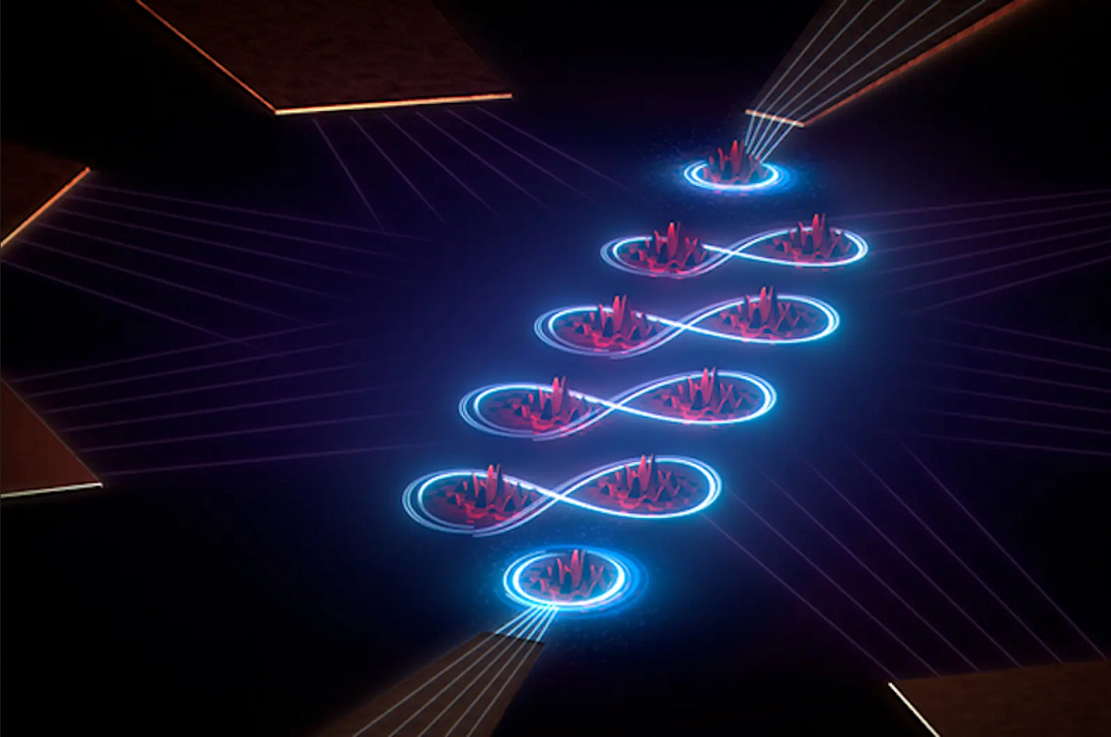
Engineers in Sydney have demonstrated a quantum integrated circuit made of just a few atoms. By precisely controlling the quantum states of atoms, the new processor can simulate the structure and properties of molecules to unlock new materials and catalysts. The new quantum circuit was developed by researchers at the University of New South Wales (UNSW) and a start-up called Silicon Quantum Computing (SQC).
It basically refers to being made up of 10 carbon-based quantum dots embedded in silicon, with six metal gates that control the flow of electrons in the circuit.
It sounds very simple, but the key is that these carbon atoms are arranged on a sub-nanometer scale. They are precisely positioned relative to each other to mimic the atomic structure of a particular molecule and allow scientists to simulate and study the molecule's structure and energy state more accurately than ever before.
In this case, they arranged the carbon atoms in the shape of the organic compound polyacetylene, which consists of repeating chains of carbon and hydrogen atoms with an alternating single- and double-carbon bonds between them. To simulate these bonds, the team placed carbon atoms at different distances.
Next, the researchers ran an electric current through the circuit to check whether it would match the characteristics of the natural polyacetylene molecule—and sure enough, it did. In other tests, the team created two different versions of the chain by severing bonds in different places, and the resulting currents matched theoretical predictions exactly.
The significance of this new quantum circuit, the team says, is that it can be used to study more complex molecules, which could eventually lead to new materials, drugs or catalysts. This 10-atom version is right at the limit of what classical computers can simulate, so the team's 20-atom quantum circuit plan will allow the simulation of more complex molecules for the first time.
Professor Michelle Simmons, lead researcher on the study, said: "Most other quantum computing architectures don't have the ability to design atoms with sub-nanometer precision, or to have them sit that close. So this means that now we can simulate like Real physical systems also begin to understand more and more complex molecules based on putting atoms in place."